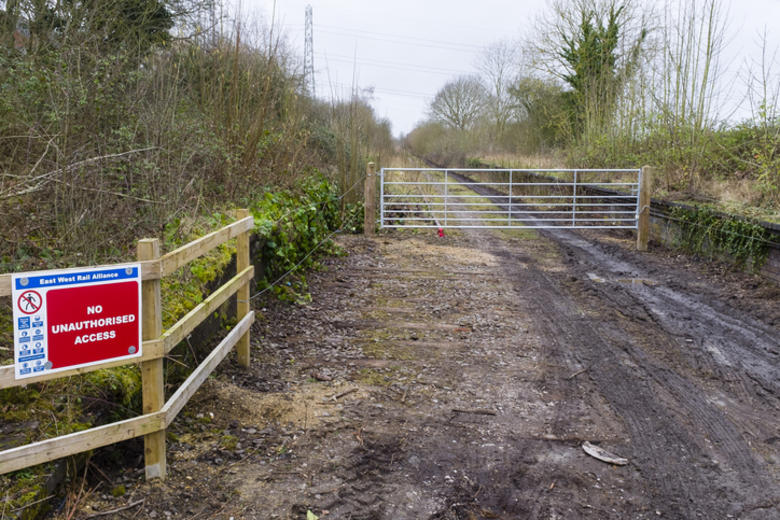TOP 10 GARDENING TIPS FOR A HOT SUMMER

TOP 10 GARDENING TIPS FOR A HOT SUMMER
Oxford Botanic Garden curator Patrick Green offers advice
Published: 20 May 2019
Author: Patrick Green
Share this article
After a long run of thin northerly winds and cool conditions, UK temperatures began to rise in the third week of May. If summer shapes up like last year, you’ll want to be ready with a strategy. Here at the Botanic Garden we have a special little trick up our sleeves. An individual may each day decant up to 20 cubic metres of water from the River Cherwell for the purposes of irrigation. We kept our beautiful herbaceous borders alive in the blistering summer of last year only because of this generous (and archaic) allowance.

Patrick Green is a curator at the Oxford Botanic Garden
If you don’t have copious water be warned - traditional herbaceous borders guzzle the stuff. This is why we planted as an experiment the Merton Borders in 2011. This wide area of beds was directly sown into coarse sand with plants known to withstand dry and hot conditions, drawn from three biogeographic regions, the US, South Africa and the Mediterranean. Last summer they looked brilliant. Yet we never watered them at all.
If you are not in a position to change your whole garden, here are some climate-change/ hot and dry gardening tips:
- My number one favourite technique is to add 3-4 inches of compost around plants. Not only does it feed and condition the soil, but it provides a natural barrier against moisture loss.
- Reduce lawn. Ditch the English obsession with clipped lawns. Each square metre of grass sucks up as much as 50 gallons of water a year. Cut tree circles around the base of trees.
- Let the grass grow longer to trick it into a less vigorous growth and water use.
- Leave the clippings on the grass. Yes, it’s a trade-off between looks and function. But when you remove the clippings you’re removing moisture.
- Water butts, as many as possible. No prizes for that one.
- Under pressure, any eco-system produces dominant plants at the expense of others. Don’t be shy in managing the dominant ones.
- Buy a tree-gaiter. It’s a doughnut that holds 100 litres of water than drips out around the base of a tree, over the course of a week. Very efficient and also suppresses weeds.
- Don’t freak out if something dies. Learn from it. Accept that your lawn will go brown. It doesn’t mean it’s dead – you don’t need to use a sprinkler.
- Don’t overplant for short term effect. Be patient and space plants out.
- If you are allowed to water, do it first or last thing or at night. Not midday.

This is point on the Cherwell where water is monitored and drawn off, not a privilege available to most gardeners
Grateful thanks to Patrick Green. You can connect to the community of friends and supporters around the Oxford Botanic Garden.















